Ancient Psychedelia: Alien Gods & Mushroom Goddesses
Online Book - Chapter 14, Page 270
Back to Online Book Mainpage / Next Page (Chapter 14, Page 271)
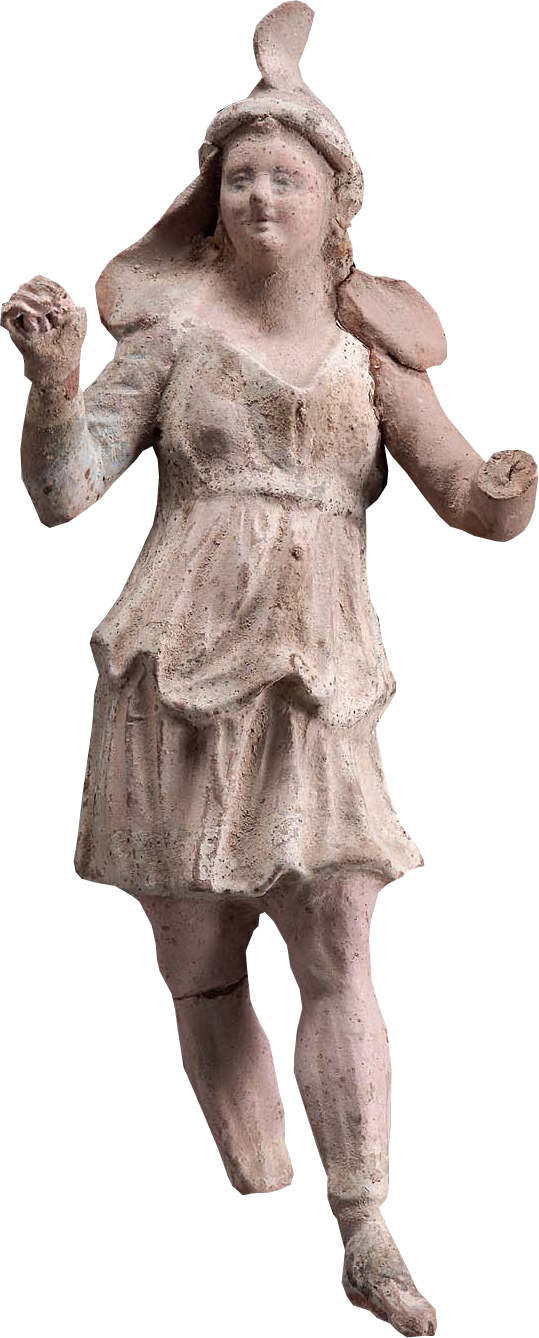 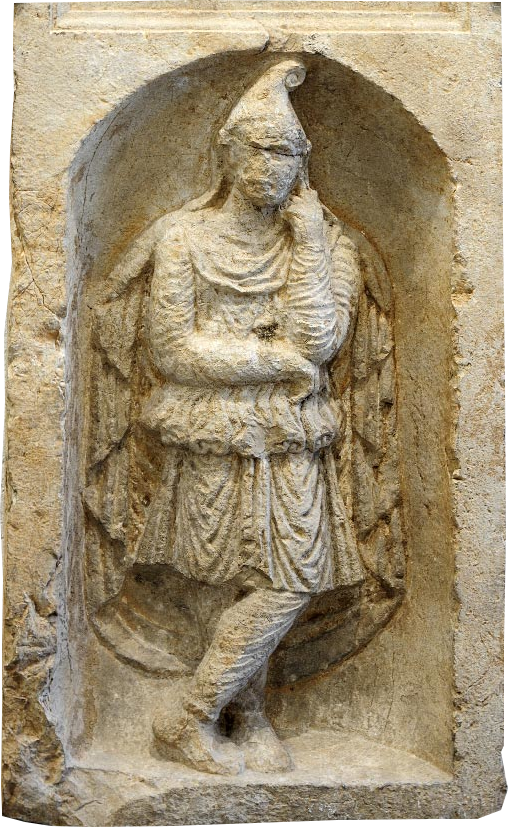 R: (42e) Attis L: (42a) Orpheus on Apulian Vase c. 500 BC 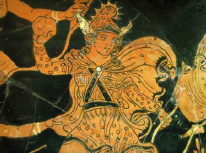 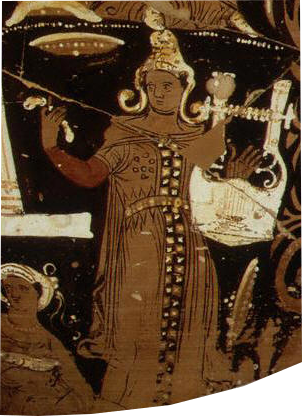 R: (42c) Orpheus on Apulian Vase c. 500 BC During Roman times, membership in Mithraism was exclusively male, and included soldiers, merchants and high-level government officials, even Emperors such as Nero, Diocletian and Julian. The male-male bonds formed during these rituals were assured to hold the Roman Empire close knit together, from the military and highest levels through the priestly class, and down to the lower power positions in Roman society. (57) The Roman imperial court continued to practice Mithraism for over 300 years which is enough time for the emperors to learn what works when it comes to controlling people through religion. It is well enough time, to learn how to take one myth and supplant it with a new one, since that’s what Mithraism was to begin with; the Creation of Christianity would be no different and in addition, the story would not have to change very much. (58) In a famous fresco in a Mithraeum discovered in 1963 in the village of Marino in the Alban Mountains south of Rome, and dated to 160-200 AD, Mithra is depicted with a red cap and bluish cape (26g). (59) The cape has stars on it. The trousers he wears are red and speckled with white dots and lastly, the bull he is stabbing is white. This is representative of the red cap on top of a white stem of the A. muscaria, and the blue cape might be representative of psilocybin as a substitute. Notice also, though not apparent, his one leg which lays across the bull’s rear, is a mushroom stem, and Mithra’s skirt is the cap. In an upper Taurocthony at Dura Europos, Syria, dated from 100-200 AD, there exists an altar to Mithra shaped perfectly like a mushroom with three levels and a ridged rim around the cap (26h). (60) |
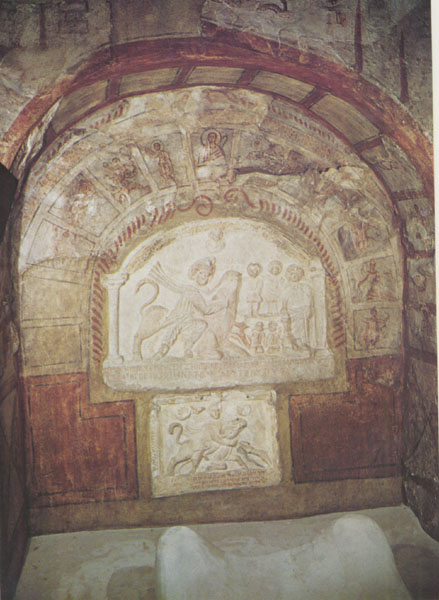 (26h) Upper tauroctony. Dura Europos, Syria Fresco of Mithras Slaying Bull. c. 100-200 AD In the time around 270-275 AD, the worship of Sol Invictus in Rome, instituted by Aurelian, had been given a prime position as the leading religion. It had incorporated elements of Mithraism and appealed to a wide variety of Roman citizens of all countries since it incorporated elements of all of their previous deities and forms of worship. (61) In Mithraism, the Festival Dies Natalis solis Invicti (The Birthday of the Unconquered Sun), the annual celebration of the victory of light over darkness was held on Dec. 25 and this is generally recognized as the reason Dec. 25th was adopted to be the birthday of Jesus, by the Roman Catholic Church. It was Hippolytus of Rome, writing between 202 and 211 AD, who stated in his commentary of the Book of Daniel that the Birth of Jesus is December 25th, however this date has also been argued to be March 25, another day of ancient fertility celebration. (62) The rites for this celebration were addressed to the Sun as the State deity, (63) which meant that Rome was taking the first steps towards making the head of Rome a god, by taking the Sun (now a worshiped deity) and binding it to the State. The next logical step for total mind control over the people and power appropriation to the State would be to take the State Deity and bind it to the Emperor, which is precisely what happened during the reign of Augustus. In the 4th century AD, the day of December 25 was adopted by the Western and Eastern branches of the Christian church (At Antioch around 375 AD) as the true date of the nativity of Christ. (64) (57) Mushrooms, Myths and Mithra, p. 27-28 (58) ibid, p. 30-31 (59) ibid, p. 15 (60) ibid, p. 97 (61) Occidental Mythology, p. 264 (62) Cult of the Mother Goddess, p. 220; Cumont, Textes, ii, 99 ff (63) Wissowa, Religion, p. 90-91 (64) Healing Gods, p. 490; Frazer, Golden Bough, I, 302-305 |
Go Back to Page 269